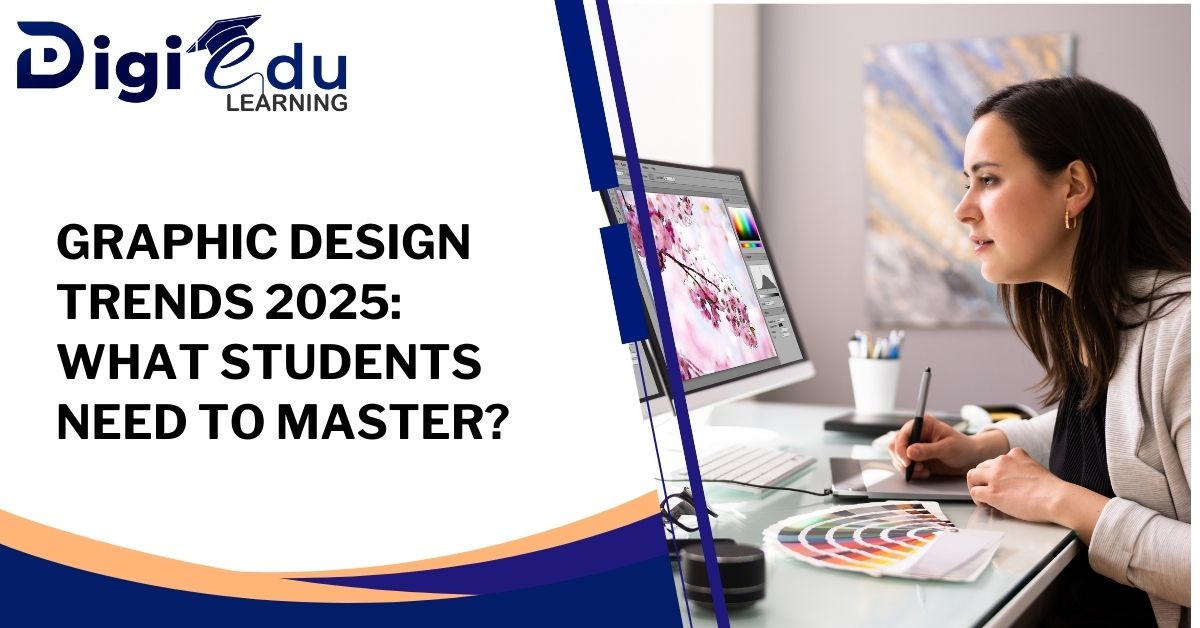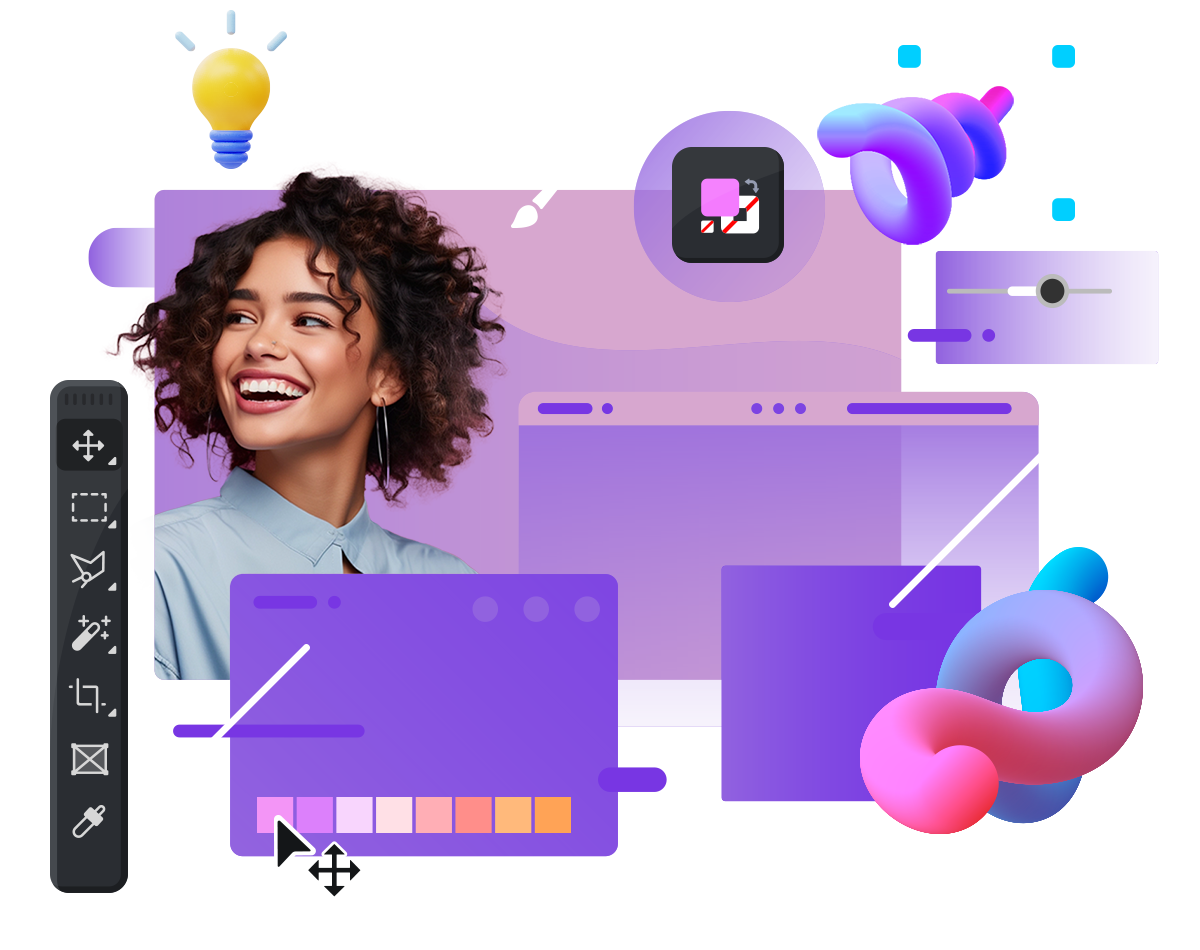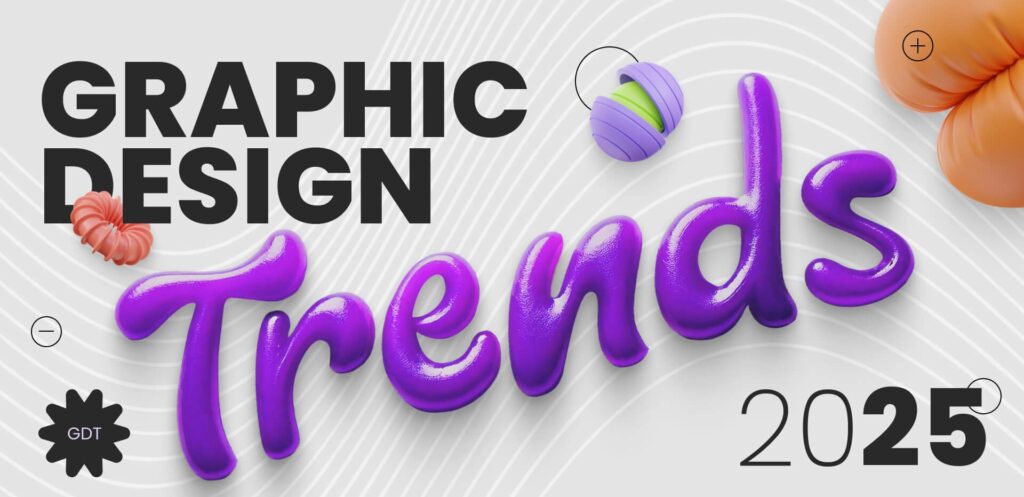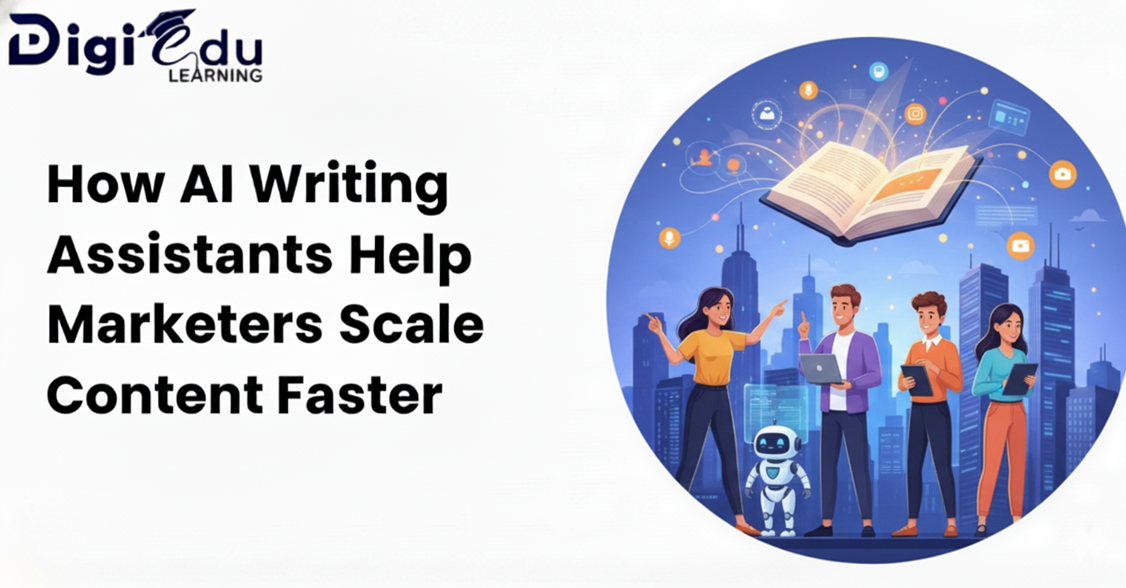Graphic Design Trends 2025: What Students Need to Master

The year 2025 is a significant twist in the world of design. Technology is becoming more central for moving rapidly, and visual communication, brand identification, and graphic design are no longer limited to static scenes. Instead, it has developed into a dynamic mixture of creativity, storytelling and state -of -the -art technology. For students stepping into the design industry, the current and future trends to be relevant are mastered. Unlike the traditional focus on Photoshop or Illustrator alone, the design landscape of 2025 requires a mentality ready to adapt to a very broad toolkit and innovations.
The Rise of AI-Powered Design
Artificial Intelligence has taken the center stage in almost every creative industry, and graphic design is no exception. AI-operated equipment is making quick layouts, property generating, and even suggesting branding elements that match the company’s personality. However, AI here is not to change designers but to increase their abilities. In 2025, students should learn how to cooperate with AI tools for ideas and execution. This includes understanding the prompt-based design, training AI tools to generate custom styles, and refining the output to maintain originality. The mastery of AI integration will separate professionals from amateurs in the near future.

Immersive and Interactive Design
With the increasing popularity of AR (decorated reality) and VR (virtual reality), Emarsiv design dominates 2025. Companies are rapidly looking for designers who can create 3D visuals, interactive product experiences, and enhanced brand stories that attach users beyond the flat screen. For students, this means searching for software such as Blender, interactive prototypes of Figma, or even VR experiences. Understanding immersive storytelling will prepare students to work on projects for industries such as gaming, retail, and virtual advertisements, where the interaction defines user engagement.
The Popularity of Minimalist Maximalism
While minimalism has dominated the design trends over the years, 2025 introduces a twist with “minimum maximalism”. This style combines the clean and simple structures of minimalism with oversized elements of bold typography, color, or imagery. This is a way to balance elegance with a strong personality. Students should practice creating designs that are at least somewhat expressive, ensuring that simplicity does not translate into a defect. This trend reflects the increasing demand for clarity in communication without losing creative vibrancy.
Motion Graphics as a Core Skill
Static design is no longer enough in 2025. Social media, digital advertisements, and web platforms demand animated visuals that can immediately attract attention. Motion graphics have become a requirement rather than an alternative skill. Students should detect effects, Adobe Conscious, or alternative light animation tools that allow them to bring their ideas to life. Motion graphics can make storytelling more dynamic and give brands a strong voice in an oversized digital market. By combining typography, paintings, and sounds, the speed design ensures that visual communication becomes more attractive.
The Focus on Sustainable Design
Stability is no longer a discussion – it has become an essential part of branding and design. In 2025, students should learn that not only in messaging, but also in execution, to include environment-conscious principles in their work. This means designing with energy-efficient formats for digital platforms, avoiding unnecessary resource-intensive scenes, and designing that expose stability as the main value. Understanding color psychology, environmentally friendly print methods, and minimum-resources digital files would be highly valuable skills. As the brands adopt greenery strategies, designers who can mix creativity with responsibility will stand out.
Typography as a Storytelling Element
Typography has gone beyond being a functional aspect of design and is now a central story. In 2025, bold experimental typefaces, variable fonts, and custom lettering will dominate the brand identity. Students should focus on mastering the type as an expressive medium – how the size, weight, and placement can affect the mood and meaning. With more emphasis on digital-first branding, interactive typography that shifts with user interaction is also becoming popular. By typing Mastering, students will be able to convert simple words into powerful visual experiences.
Inclusive and Accessible Design
The design in 2025 is not only about aesthetics, but also about inclusive and accessibility. Students should understand how to create designs that work for all users, regardless of their background, culture or physical abilities. This means that there is mastery in exercise guidelines such as color contrast, readable typography, and Alt-Text for digital designs for digital designs The inclusive design also embraces cultural diversity, which reflects various audiences rather than catering to the same standard. Students prioritizing access will not only meet moral standards but will also expand their reach as professionals.
3D and Hyper-Realistic Visuals
The demand for hyper-revision 3D visuals in advertising, gaming, and entertainment is increasing. With equipment being more accessible, 3D designs are no longer limited to experts. Students should experiment with photo realistic texture, 3D typography, and product mockups that bring design to life. This trend aligns with shifts to emergent digital experiences, where users expect scenes that feel real and touch. By mastery in 3D, students can put themselves in a position at the forefront of digital innovation.

Personalization Through Data-Driven Design
Another defined tendency in 2025 is data-operated privatization. Brands want to create designs that suit customer preferences and behaviors. This requires designers to understand how to combine creativity with analytics. For students, it would be important to cooperate with marketing teams and use data insights to shape the design. Privatization can be as simple as the user’s behavior can be as such as adopting the website visuals, or as complicated as the future AI. Designers who merge creativity with strategy will be in high demand.
Preparing for a Hybrid Career in Design
In 2025, the graphic design career will not be limited to traditional studios. Many students will get opportunities in freelancing, remote work, or hybrid posts where they handle branding, social media, UI/UX, and content creation together. This requires flexibility and strong understanding of many devices. Instead of being very narrowly expert, students should cultivate a hybrid skill that mixes the design with marketing, coding basics, and customer communication. The future is of designers who can be compatible with many roles while maintaining creative excellence.
Conclusion: Mastering Design for 2025 and Beyond
The graphic design industry of 2025 is dynamic, technology-driven, and highly innovative. Students who step into the field should prepare themselves not only with technical skills but also with a forward-minded mindset. From AI integration to motion graphics, stability, inclusion, and 3D design, the required skills go beyond traditional basic things. By mastery in these trends, students can manufacture careers that are future-proof and impressive. In 2025, graphic design is not only about making scenes – it is about shaping experiences, creating connections, and helping people to look and interact with the world.







Leave a Reply